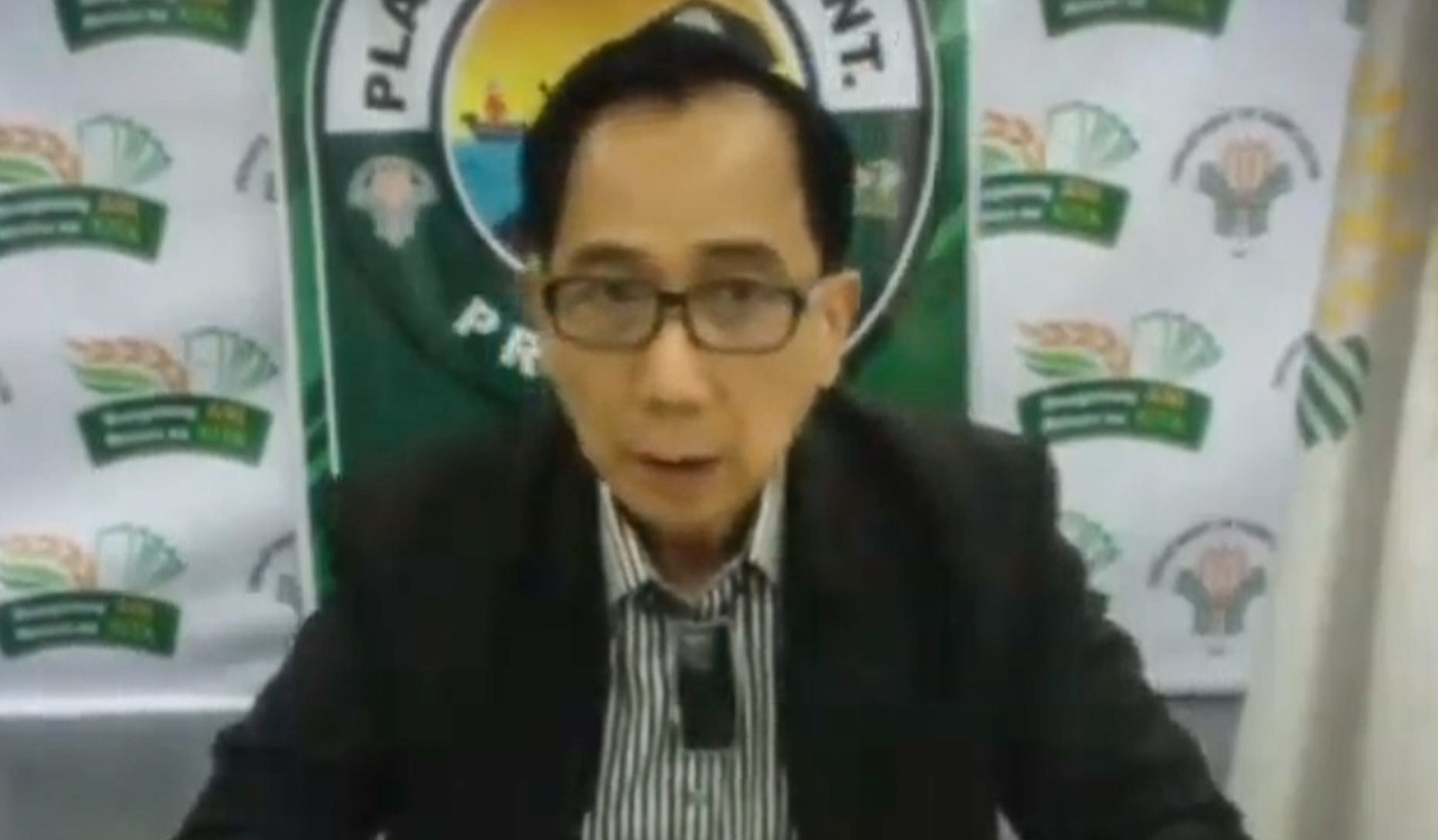While President Duterte has already praised the Department of Agriculture’s (DA) ambitious “Plant, Plant, Plant (PPP)” program during his fifth State of the Nation Address (Sona), Agriculture Secretary William Dar said the agency has yet to secure the necessary funding for the project to materialize.
During the agency’s post-Sona briefing with the press on Tuesday, Dar said the DA’s PPP proposal would need P66 billion to cover the entire agriculture industry down to the value chain of each sector —crops, livestock, poultry and fisheries—but the Department of Budget and Management has only approved P8.5 billion of the DA’s request.
Mr. Duterte likened the PPP to the administration’s flagship program for infrastructure called the “Build, Build, Build,” but added that the former would be easier to achieve since it was simply about “convincing farmers to cooperate for their benefit.”
Securing funds, however, is easier said than done for a government whose financial resources had been channeled to efforts to combat the new coronavirus pandemic.
The DA has pinned its hopes on the passage of the Bayanihan to Recover as One Act to finance its program, in which Dar said they were aiming to get P21 billion. The government intends to earmark P140 billion in stimulus spending under the new law.
The remaining budgetary requirement, Dar added, might be supplemented by the DA’s budget for next year.
Dar admitted that the agency’s budget proposal for next year of P240 billion “is very ideal” and may not be passed considering budget constraints. The last option for the agency would be to request an additional P45 billion next year to augment the necessary funding for the program.
The PPP stimulus package comes with three components: increasing domestic food production as a means to raise food sufficiency levels; creating food markets and improving logistics to support agricultural systems, and providing cash assistance to stakeholders in the forms of subsidies, grants and loans.
Mr. Duterte stressed that the “growth of our economy depends on a robust agricultural sector,” adding that the administration aimed to “provide adequate, accessible and affordable food for every Filipino through the Plant, Plant, Plant program.”
Despite the endless lip service to the industry, however, the agriculture sector’s contribution to the economy remains subpar at best, registering only a 0.7-percent growth last year. For the first quarter, it contracted by 1.2 percent. INQ
